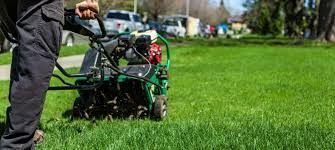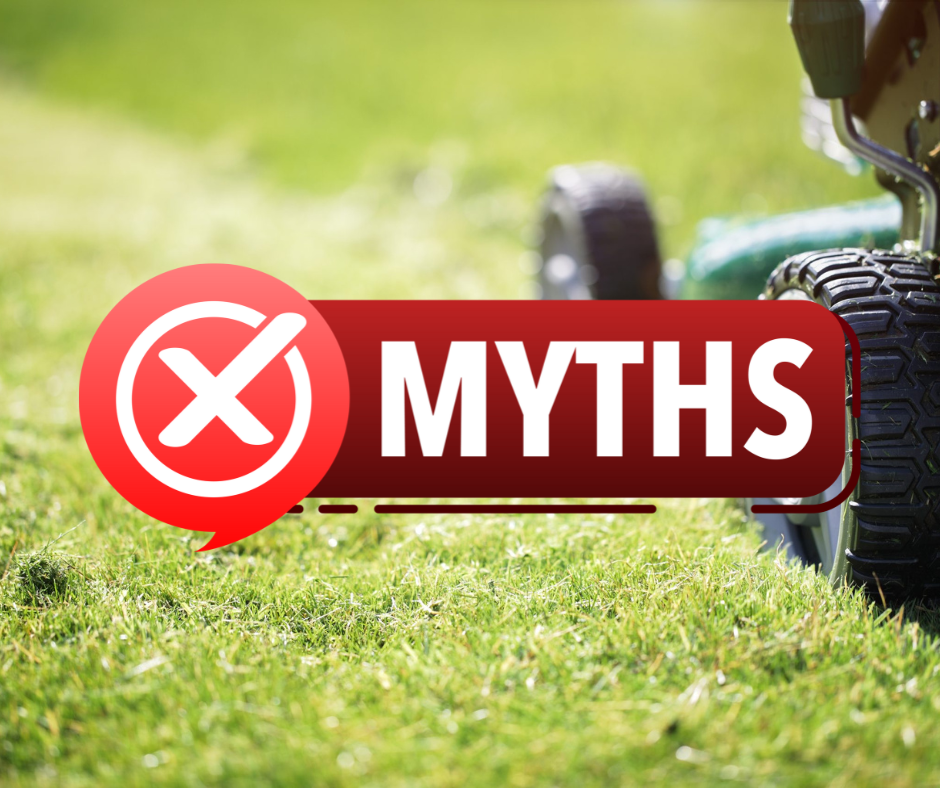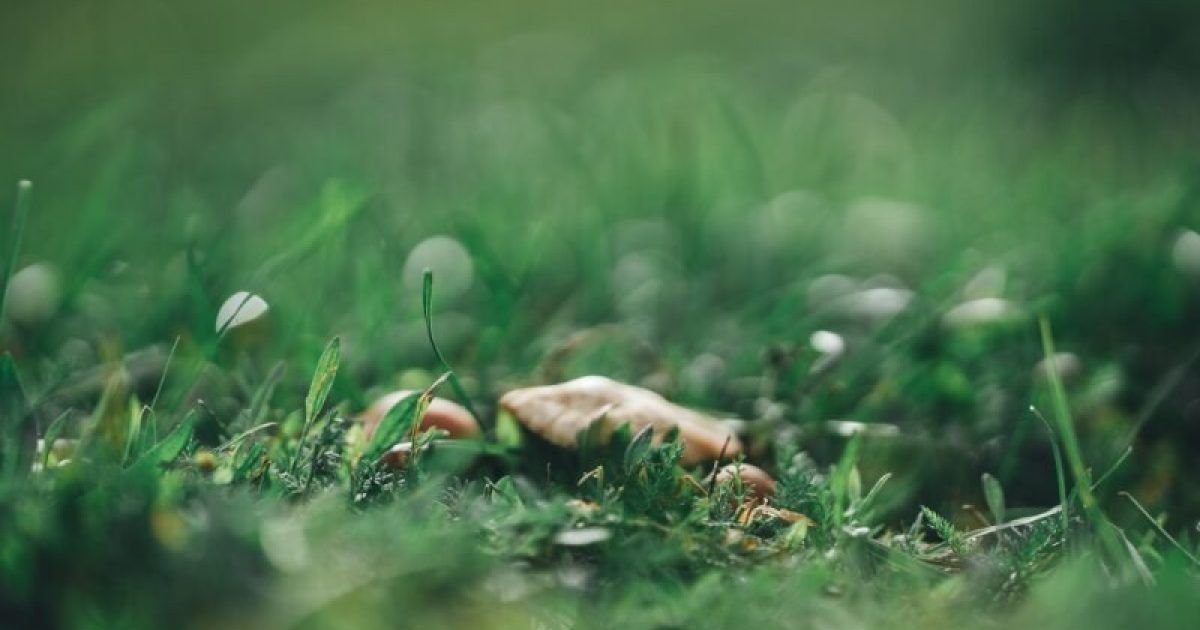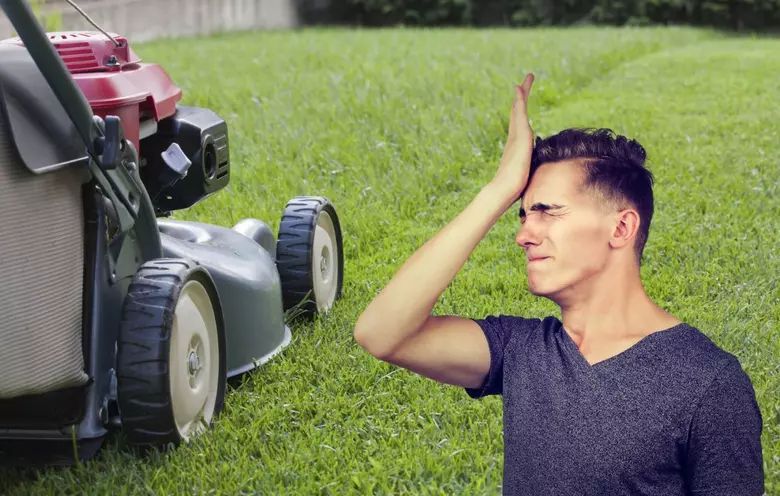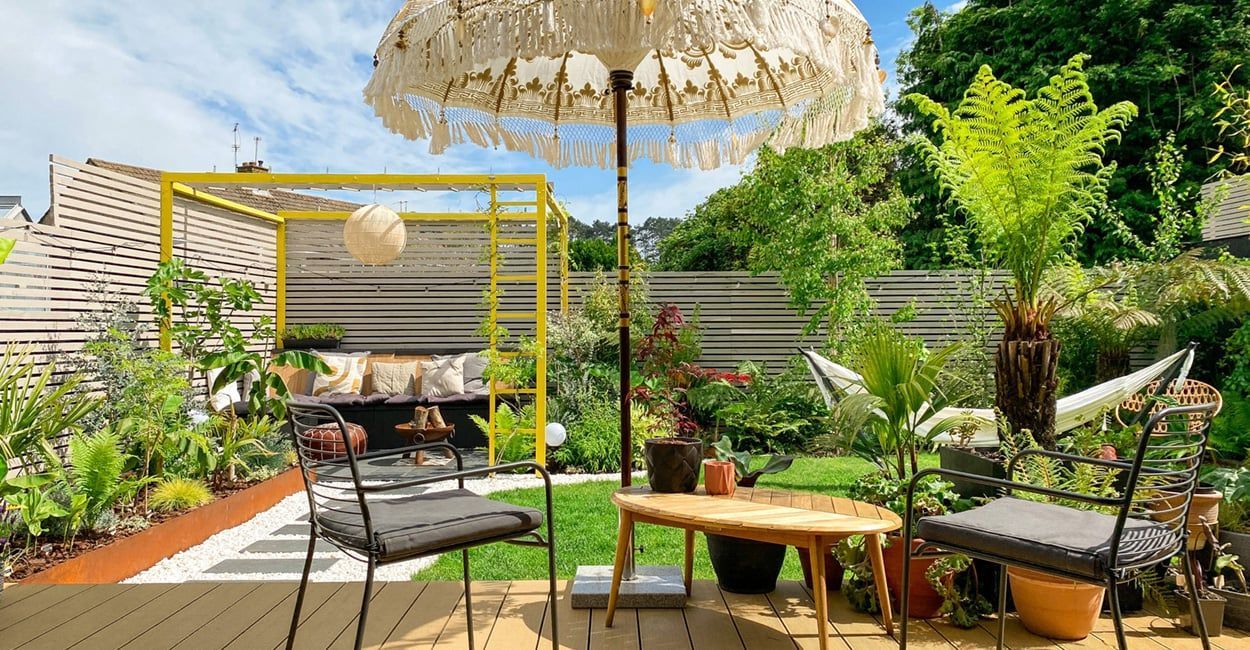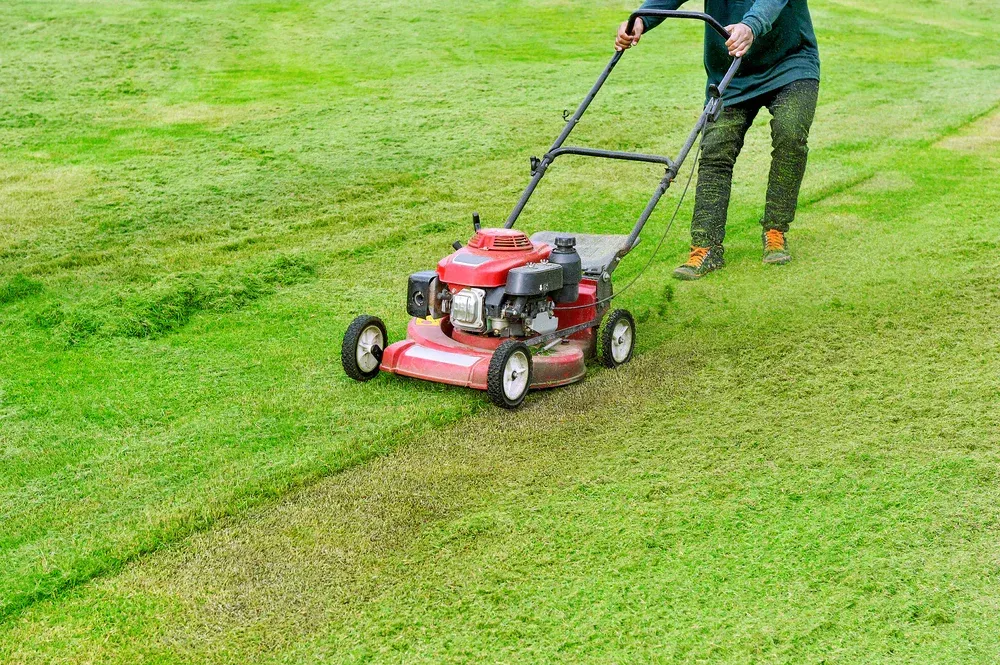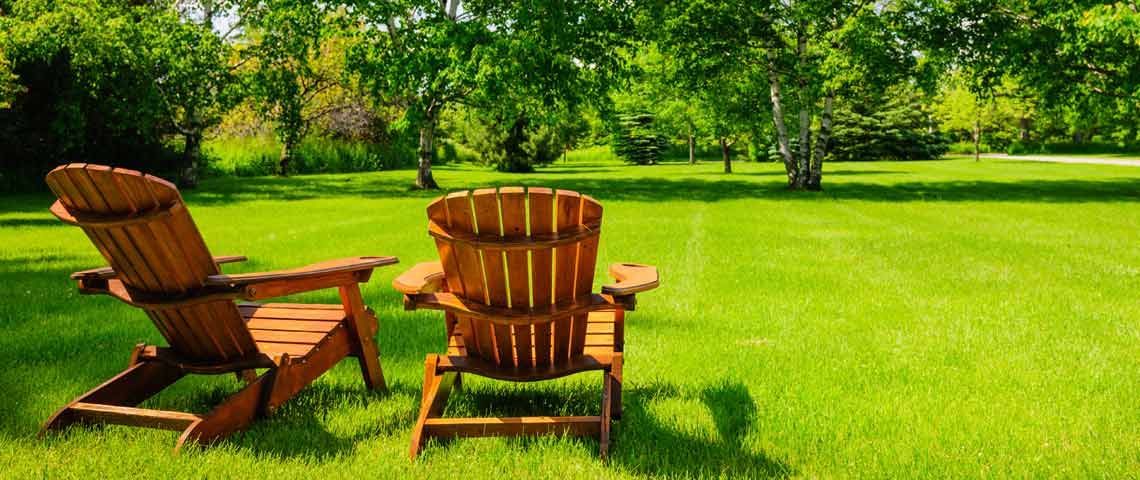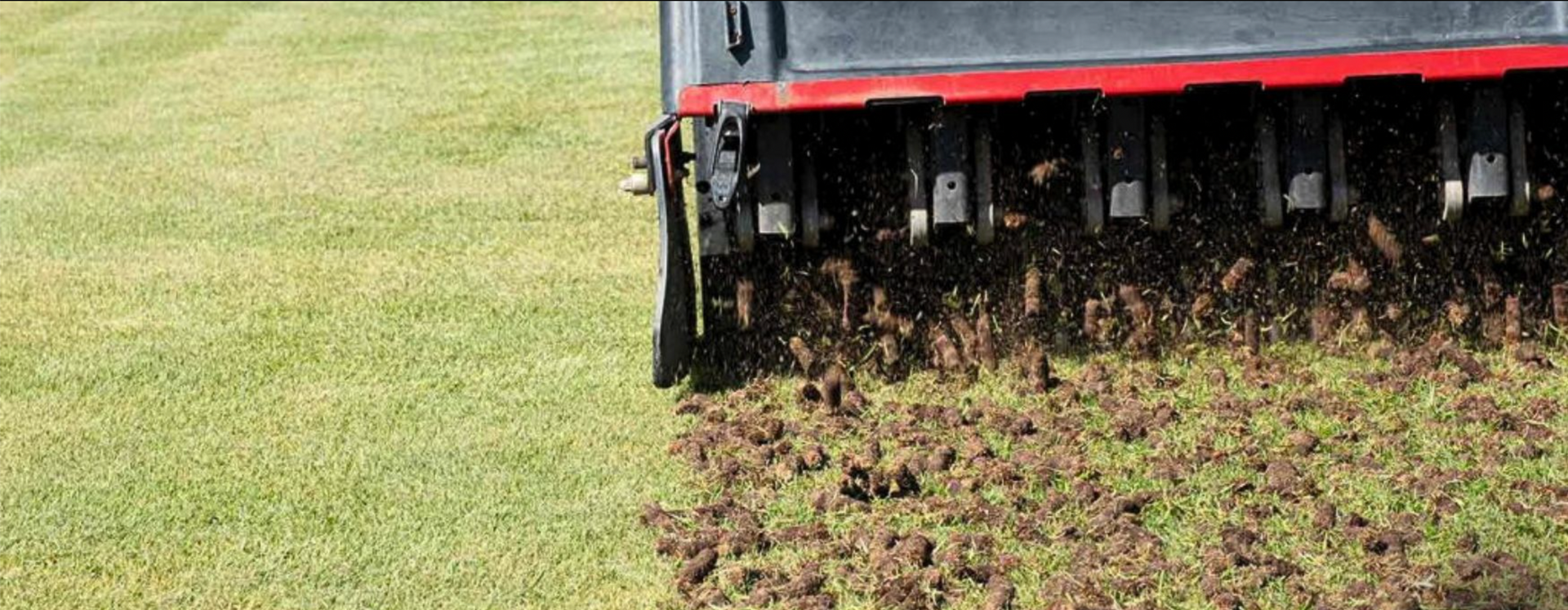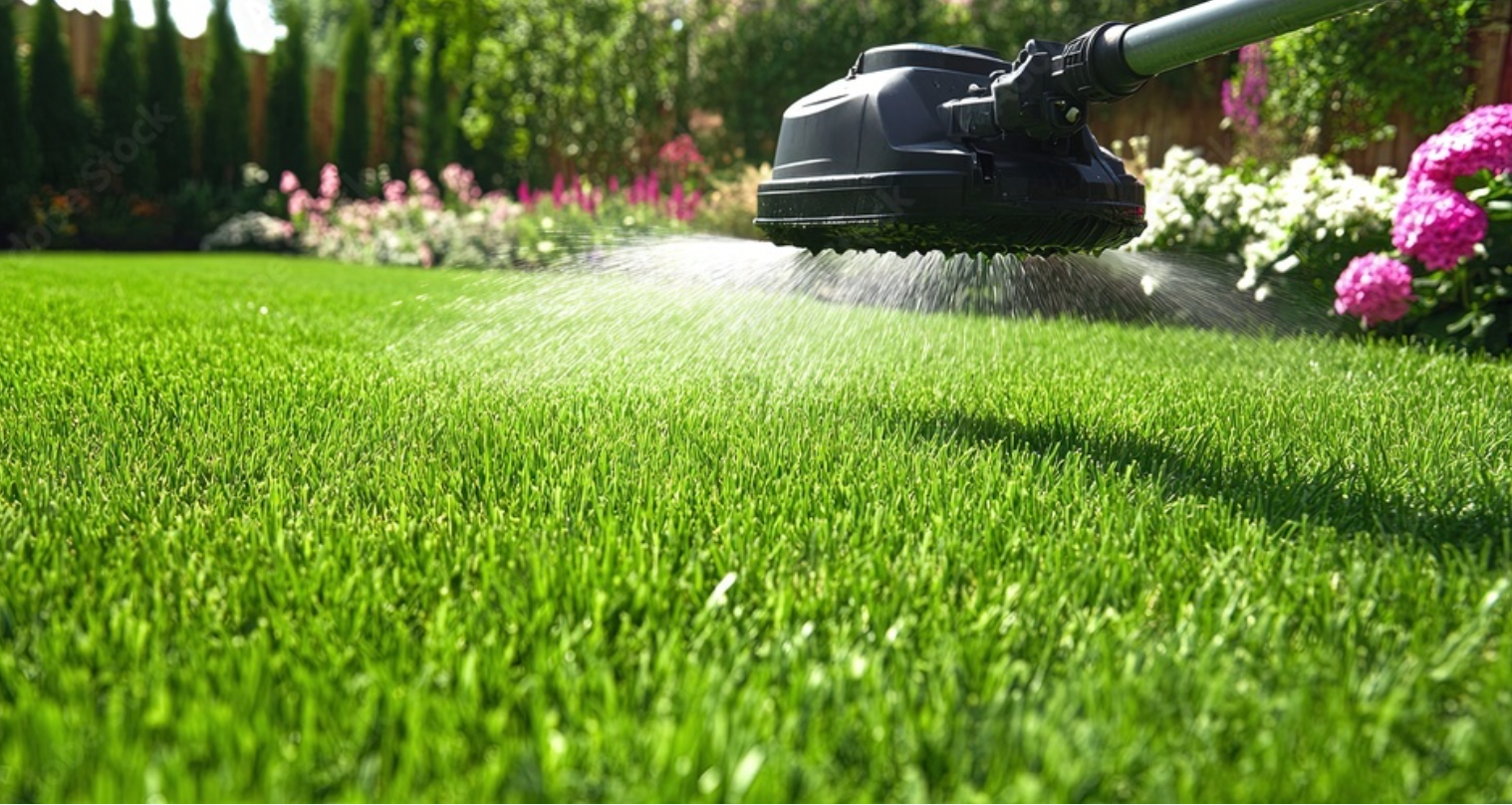Preventing Crabgrass Before It Takes Over Your Yard
Crabgrass is one of the most aggressive and frustrating weeds homeowners face. Left unchecked, it can quickly dominate your lawn, choking out healthy grass and creating an unsightly, patchy appearance. At Nature’s View Lawnscapes, we know how crucial it is to prevent crabgrass before it becomes a major problem. With the right strategy, you can keep your lawn lush, green, and free of this pesky invader. Here’s what you need to know to stop crabgrass before it takes over.
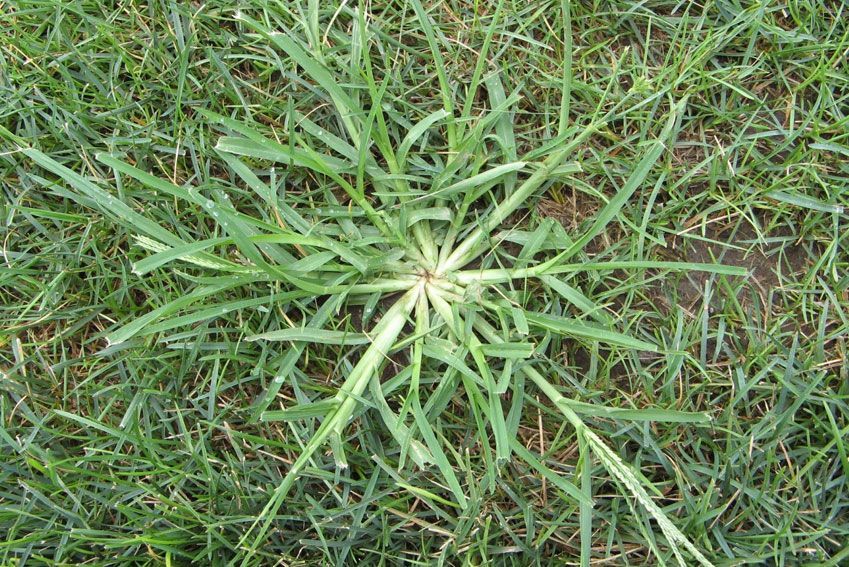
Understanding Crabgrass
Crabgrass is an annual weed that thrives in warm conditions, typically germinating in early spring when soil temperatures reach about 55°F for several days. It spreads rapidly, producing thousands of seeds that can lie dormant in your lawn and sprout year after year. Because it grows low to the ground and spreads outward, it can quickly suffocate your healthy grass.
The Key to Prevention: Pre-Emergent Herbicides
The most effective way to control crabgrass is to prevent it from sprouting in the first place. Pre-emergent herbicides work by creating a barrier in the soil that stops crabgrass seeds from germinating. Timing is critical—applying pre-emergent too early or too late reduces its effectiveness.
When to Apply Pre-Emergent in South Carolina
In South Carolina, the ideal time to apply pre-emergent herbicides is between late February and early March, depending on local temperatures. A good rule of thumb is to apply it when soil temperatures reach around 50-55°F. If you wait too long and crabgrass has already started growing, pre-emergents won’t be effective, and you’ll need post-emergent treatments instead.
Mowing and Lawn Care Practices to Prevent Crabgrass
A thick, healthy lawn is your best defense against crabgrass. Follow these tips to create a lawn environment where crabgrass struggles to take hold:
- Mow at the Right Height – Cutting your grass too short weakens it and allows more sunlight to reach crabgrass seeds, encouraging germination. Keep your mowing height around 3-4 inches to shade the soil and discourage weed growth.
- Water Deeply, Not Frequently – Shallow, frequent watering promotes weak roots and makes it easier for crabgrass to thrive. Instead, water deeply once or twice a week to encourage strong root growth in your lawn.
- Fertilize Properly – A well-fertilized lawn outcompetes weeds. Use a balanced fertilizer to ensure your grass gets the nutrients it needs. At Nature’s View Lawnscapes, we offer customized fertilization programs to keep your lawn in peak condition year-round.
Post-Emergent Control for Crabgrass
If you missed the pre-emergent window and crabgrass has already appeared, post-emergent herbicides can help. These treatments work best when applied while crabgrass is still young. Mature crabgrass is much harder to eliminate, so acting quickly is key. Spot-treat problem areas rather than applying chemicals to your entire lawn.
Why Professional Lawn Care Matters
Preventing crabgrass requires careful timing, proper lawn care, and the right products. At Nature’s View Lawnscapes, we specialize in lawn fertilization and weed control to help South Carolina homeowners keep their lawns crabgrass-free and thriving. Our expert team knows exactly when and how to apply treatments for maximum effectiveness.
Don’t let crabgrass take over your yard! Call Nature’s View Lawnscapes today at 864-416-5119 to schedule your pre-emergent treatment and keep your lawn healthy all season long.



